4 exercises to level up your design skills
My design journey started four years ago when I quit my job at a children’s sleep clinic to become a designer. I would read books about UX on my commutes to and from work. Every evening, I would spend 6 to 7 hours taking web development courses and learning what it meant to design. Everything was new and exciting.
After working for a few years, I encountered many phases of rapid growth and phases where I felt like I wasn’t progressing as much as I wanted to. Upon reflecting, I realized that I could create the momentum I needed to grow by…
- Identifying my personal growth metrics — knowing where I wanted to be.
- Finding challenging problems that work towards those skills.
- Get results by taking action.
- Reflect & iterate.
These steps helped me become good at noticing why I was stuck so that I could make adjustments to correct my path. It helped me consciously work on skills that aligned with who I wanted to become.
Identifying Your Personal Growth Metric
Every quarter, I ask myself -“How do I get from point A (where I’m at now) to point B (me at my best 5 years down the road)?”. From there, I’d have a clearer understanding of which skills I needed to work on to get there.

Which are yours? … (choose only one!)
- Task-Related: Do a UX lightning talk, speak at conferences around the world, host a design workshop, publish an article, write a book, teaching, mentoring, leading initiatives
- Career Direction: Generative & computational design (AI), UX research, interaction design, visual design, management
- UX Process: Solving important problems, deeper understanding of human behaviour, design rational, critiques, giving and receiving feedback, prototyping, user research
- Soft Skills: Storytelling, negotiation, building team alignment, managing conflict, verbal and written communication, leadership, coaching skills
Being in Motion vs. Taking Action
Career growth at any stage comes from practicing the skills that you want to improve in. These are the skills that would get you from point A to point B. Oftentimes, we can get stuck thinking that we’re making progress when we’re really not. I’ve gone through many phases where I felt like I was going in circles with no clear direction.
In Atomic Habits, the concept of “being in motion” vs. “taking action” really illustrates this point. This has helped me break out of plateaus by focusing on making progress in areas that matter.

Being in motion is the act of planning, strategizing and thinking through how you can approach a problem. For example, writing article topics instead of writing an article with the intention to publish it or having a list of design problems without finding solutions for them. Doing these tasks make us feel like we’re making progress but we may actually be doing them in the first place to avoid the risk of failure.
Taking action is a behaviour that produces an outcome or result. In terms of design, this would mean seeking opportunities to identify problems and find solutions for them. Putting pen to paper and working through a problem. As a designer, our superpower is to empathize with people, listen and find solutions that address an underlying pain point. A design with impact on people requires action.
“Motion makes you feel like you’re getting things done. But really, you’re just preparing to get something done. You don’t want to merely be planning. You want to be practicing.” — James Clear
1) Build a small Personal Project
Early on in my career, I found myself learning new concepts in isolation — hoping that each of the parts would eventually come together. After working on a few projects, I realized that I could create projects on my own based on the skills I wanted to learn.
Task: Think about your personal growth metric or 2–3 specific skill areas that you want to improve on. Work on a project that requires you to put each of these skills into practice. You should have a finished project to show for your work.


2) Create-Your-Own Design Challenge
Design challenges or whiteboard exercises are fun projects that every designer should practice doing regularly — even when you’re not looking for a job. Here are a few resources to help you get started: this list of 100 UX problems, whiteboard challenges by 100 days of product design… etc.
These challenges help bring to perspective that problems exist everywhere in our lives. You want to practice being the designer who sees a problem then goes to fix it.
Task: Create an actionable problem statement or point of view (POV) by looking for opportunities in your own life. Combine the following elements; specific users, their needs and an insight to frame your design challenge. Work on your own design challenge or swap challenges with a friend.
I like to use this template from Interaction Design Foundation as a guide:
[SPECIFIC USER] needs to [TASK] because [INSIGHT].

3) Easy technology
Product critiques help you train your product intuition. Product intuition in its simplest form. Begins with curiosity in exploring why some products and experiences work for people and why others don’t. Now, take that one step further by sketching out what improvements you can offer within the context of the application.
Task: Perform a product critique on an app of your choice (preferably one that you really love using or dislike). Conduct an audit OR sketch how you would improve the site or application. *This is not a redesign.

Conclusion
Growth is often visualized as a linear path. However, self-reflection is very much a part of how we grow in our careers. Reflecting helps us stop to re-evaluate where we want to go as we make progress in order to set ourselves back in motion.
Practicing these exercises will help you be selective in which skills you want to develop, challenge yourself in new ways and produce results that you’re proud of.

REPOST! This is a repost from UXDESIGN.CC
https://uxdesign.cc/5-exercises-to-level-up-your-design-skills-5ea2e5163077


